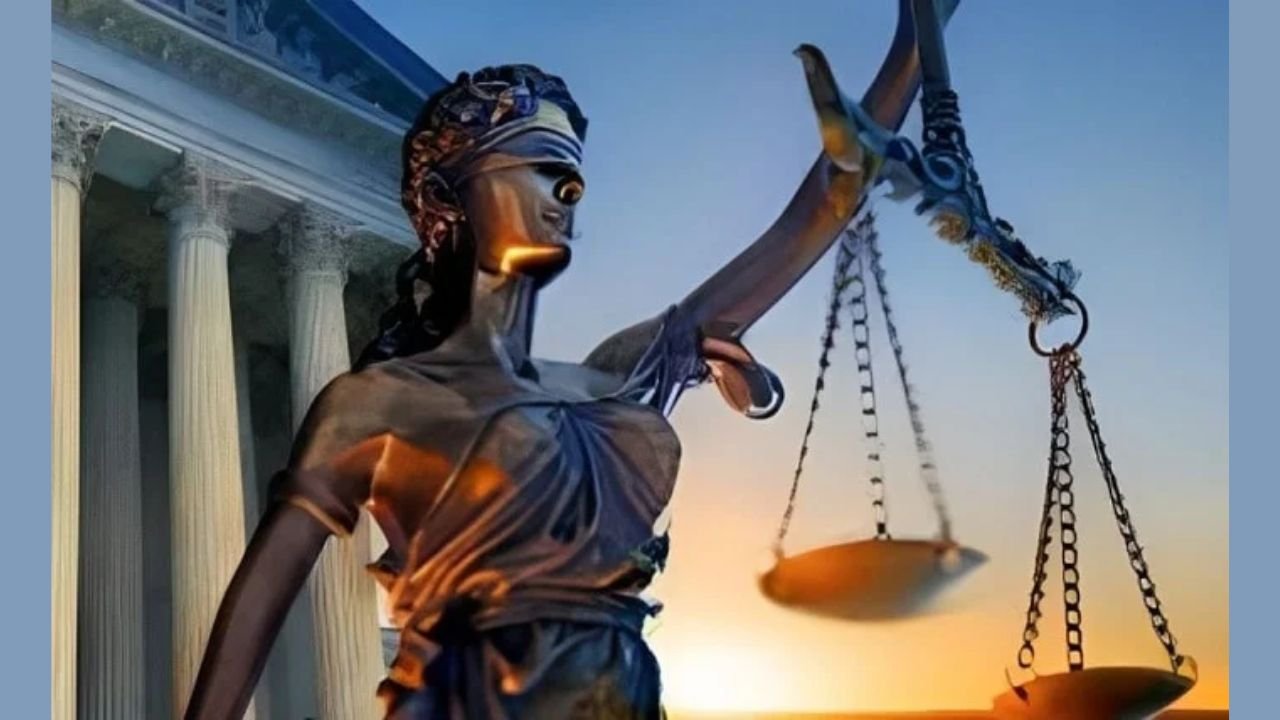The Great Western Buildings lawsuit has captivated the attention of architecture enthusiasts, legal professionals, and history buffs alike. This intricate case intertwines the fields of architecture and law, presenting a fascinating challenge that highlights the complexities involved in preserving historical structures. In this article, we’ll explore the origins of the Great Western Buildings lawsuit, its significance in architectural and legal landscapes, and the broader implications for future preservation efforts. By the end, you’ll gain a deeper understanding of the delicate balance between preserving history and accommodating progress in urban development.
The Genesis of the Lawsuit
Historical Significance of the Great Western Buildings
The Great Western Buildings are more than just structures; they are a testament to a bygone era of architectural grandeur. Built in the late 19th century, these buildings symbolize the industrial boom and the architectural innovations that defined that period. Their intricate designs, characterized by ornate facades and robust constructions, have made them landmarks of cultural heritage. The buildings hold memories of a time when craftsmanship and attention to detail reigned supreme in architectural practices.
Over the years, these buildings have attracted the admiration of architecture enthusiasts who recognize their historical value. They stand as a reminder of the craftsmanship and creativity that once dominated architectural design. Their preservation is not merely an aesthetic concern but a preservation of history itself.
Initial Disputes and Legal Actions Leading to the Lawsuit
The Great Western Buildings were not immune to the challenges faced by aging structures in rapidly developing urban areas. Over time, disputes arose regarding their maintenance, ownership, and potential redevelopment. These disputes eventually culminated in a legal battle that would shape the course of their future.
The initial disagreements centered around whether the buildings should be preserved or adapted to accommodate modern needs. Preservationists argued for maintaining the buildings’ historical integrity, while developers pushed for modernization to make them economically viable. This clash of interests set the stage for a complex legal confrontation.
The lawsuit officially began when a preservation society filed a case against the developers, alleging that plans to alter the buildings violated preservation laws. The legal proceedings quickly gained attention, drawing public interest and sparking debates about the value of historical preservation versus urban progress.
Legal and Architectural Implications
Examination of the Legal Arguments Made by Both Parties
The Great Western Buildings lawsuit unfolded in a courtroom drama where legal arguments were presented with precision and complexity. The preservationists argued that the buildings were protected under heritage preservation laws, emphasizing their cultural significance and the need to safeguard them for future generations. They contended that any alterations would compromise their historical integrity.
On the other hand, the developers argued that the buildings’ current state was dilapidated, making them unsuitable for modern use. They proposed modifications that would enhance functionality while preserving key architectural elements. Their argument focused on balancing preservation with economic viability, a challenging task in an era of rapid urban expansion.
The legal battle became a pivotal moment in understanding the intersection of preservation laws and modern development needs. It highlighted the difficulties of navigating regulations that often clash with evolving urban landscapes.
Analysis of the Architectural Integrity Concerns
One of the central issues in the Great Western Buildings lawsuit was the question of architectural integrity. Preservationists feared that proposed alterations would erase the distinctive features that defined these historic structures. They stressed the importance of maintaining the original design and materials to honor the legacy of the architects who created them.
Developers, however, argued that minor modifications were necessary to ensure the buildings’ continued relevance. They emphasized the need for adaptations that would make them functional for contemporary use without compromising their core identity. This debate over architectural integrity became a focal point in the case, highlighting the nuanced challenges of preserving history while accommodating modern demands.
The resolution of this debate would have far-reaching implications for the future of building preservation, setting a precedent for how similar cases might be handled in the years to come.
Impact on Future Building Preservation Laws and Practices
The Great Western Buildings lawsuit has cast a spotlight on the need for revised preservation laws that account for the dynamic nature of urban development. The case underscored the necessity for clearer guidelines on how historical structures can coexist with modern infrastructure.
Lessons learned from this lawsuit are likely to influence future building preservation practices. Architecture enthusiasts and legal professionals alike recognize the importance of balancing the preservation of cultural heritage with the need for urban progress. The case has prompted discussions on innovative approaches, such as adaptive reuse and sustainable development, that can bridge the gap between tradition and innovation.
Public Response and Ongoing Debate
Public Support and Opposition to the Lawsuit
The Great Western Buildings lawsuit has ignited passionate reactions from the public, with opinions divided on whether to prioritize preservation or progress. Architecture enthusiasts, history buffs, and preservation advocates rallied behind the cause, stressing the importance of safeguarding cultural heritage. They organized campaigns, petitions, and events to raise awareness about the historical significance of the buildings.
Conversely, some members of the public supported the developers’ vision for revitalization, viewing it as an opportunity to breathe new life into the area. They argued that modernization could attract businesses, boost the local economy, and create a vibrant urban environment. This divide in public opinion fueled ongoing debates about the role of historical preservation in a rapidly changing world.
The Role of Social Media and Public Discourse
In today’s digital age, social media has become a powerful platform for shaping public discourse. The Great Western Buildings lawsuit attracted significant attention on platforms like Twitter, Instagram, and Facebook. Hashtags related to the case trended as users shared their perspectives, articles, and photographs of the buildings.
Social media served as a virtual town square, allowing individuals to express their opinions and engage in meaningful discussions. Influencers, historians, and architects joined the conversation, contributing insights and expertise that enriched the dialogue. This widespread online engagement highlighted the impact of digital platforms in shaping public perception and influencing real-world outcomes.
Current Status and Potential Outcomes of the Litigation
As of now, the Great Western Buildings lawsuit remains ongoing, with both parties presenting their arguments in court. Legal experts and architecture enthusiasts eagerly await the court’s decision, as it will have far-reaching implications for similar cases in the future.
Potential outcomes of the litigation include a court-mandated compromise that preserves key architectural elements while allowing for some modernization, a decision in favor of preservationists that upholds the buildings’ historical integrity, or a ruling that grants developers permission to proceed with their proposed changes. Each possible outcome carries its own set of consequences for the buildings and the broader preservation movement.
Lessons Learned and Future Outlook
Reflection on How the Case Has Influenced Architectural and Legal Practices
The Great Western Buildings lawsuit has already left an indelible mark on both architectural and legal practices. It has prompted legal professionals to reevaluate existing preservation laws and consider the need for more flexible regulations that accommodate evolving urban landscapes. This case has also sparked conversations about the importance of interdisciplinary collaboration between architects, preservationists, and legal experts.
Architects and urban planners have drawn valuable lessons from this lawsuit. It has reinforced the significance of integrating heritage preservation with innovative design solutions. The case has inspired a renewed focus on adaptive reuse, showcasing how historical structures can be repurposed to meet contemporary needs without sacrificing their cultural significance.
The Importance of Balancing Preservation and Progress in Urban Development
One of the key takeaways from the Great Western Buildings lawsuit is the delicate balance between preserving history and accommodating progress. Urban development is a dynamic process, and cities must evolve to meet the needs of their inhabitants. However, this evolution should not come at the expense of cultural heritage.
Preservationists and developers must work collaboratively to find solutions that respect historical structures while allowing for sustainable growth. This balance is essential for creating vibrant, livable cities that honor the past while embracing the future.
Predictions for the Resolution and Its Long-Term Effects
While the outcome of the Great Western Buildings lawsuit remains uncertain, its impact will reverberate for years to come. Regardless of the final decision, this case will serve as a reference point for future legal battles and preservation efforts. It will likely inspire new policies and guidelines that prioritize both historical integrity and urban development.
In the long term, the lessons learned from this lawsuit will contribute to a more nuanced understanding of how to approach similar cases. The evolution of preservation laws and practices will reflect a growing recognition of the importance of preserving cultural heritage while fostering innovation.
You May Also Like: Everything You Need to Know About BestAdvise4U.com News in 2024
Conclusion
The Great Western Buildings lawsuit presents a fascinating intersection of architecture, law, and history. It underscores the challenges of preserving historical structures in a rapidly changing world and highlights the need for innovative solutions that honor both the past and the future. By understanding the complexities of this case, architecture enthusiasts, legal professionals, and history buffs can contribute to a more informed and balanced approach to preservation and urban development.
FAQs
What is the Great Western Buildings lawsuit about?
The Great Western Buildings lawsuit involves legal disputes over the preservation and redevelopment of historic structures. It explores the balance between maintaining architectural integrity and adapting buildings for modern use.
Why is this lawsuit significant in the architectural and legal fields?
The lawsuit highlights the challenges of preserving historical buildings while accommodating urban development. It has sparked discussions about revising preservation laws and finding innovative solutions that respect cultural heritage.
How has the public responded to the Great Western Buildings lawsuit?
The public response has been divided, with some supporting preservation efforts and others advocating for modernization. Social media has played a significant role in shaping public discourse and generating awareness.
What are the potential outcomes of the litigation?
Potential outcomes include a compromise that balances preservation and modernization, a decision favoring preservationists, or approval of the developers’ proposed changes. Each outcome has implications for future preservation efforts.
What lessons can be learned from this case?
The case emphasizes the importance of balancing historical preservation with urban progress. It highlights the need for collaboration between preservationists, developers, and legal professionals to find sustainable solutions.











